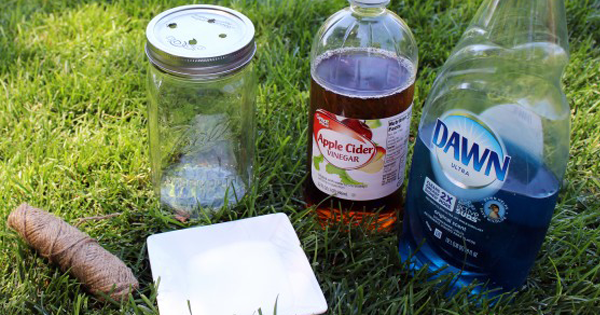Advertisement
Parenting expert Pinky McKay has heard far too many misconceptions about breastfeeding, she’s now taking to her blog to set new mothers straight. These are the most common myths that she’s heard – and the actual truths behind them.
Breastfeeding will change the shape of your breasts.
During pregnancy, the hormone relaxin does loosen parts of the body – like the ligaments and tendons in your pelvis – and can potentially cause your breasts to become heavy and saggy, but breastfeeding will not actually make them sag.
Rather, breastfeeding will actually help reduce breast sagging. If you prolong the weaning process and make the transition to bottle feeding gradual, breastfeeding can help your breasts shrink and reabsorb most efficiently.
You need to wait for your breasts to “refill” after feeding your child.
Your body will produce as much milk as is taken from your body when you’re breastfeeding. You shouldn’t be spacing feeding times out – this will actually encourage your body to produce less milk overall. You should simply be allowing your child to breastfeed when they’re hungry.
Breast milk has a “use by” date.
Breast milk doesn’t lose any of its nutritional or growth benefits after your child turns a particular age. The health benefits of breastfeeding will always benefit your child, and they actually even offer greater benefits to your child after they turn two.
Breastfeeding children are “bad sleepers.”
The opposite statement is actually true. The hormones present in breast milk actually helps calm babies down to lull them off to sleep quicker. During the night hours, breast milk even contains higher concentrations of melatonin, a hormone that promotes sleep.
The amount of milk you can pump reflects on how much milk your body can provide for your child.
This isn’t necessarily true. A feeding child will always be able to get more out of your breast than any pump, regardless of how well-designed it is. If you’re concerned about your milk production levels, it would be more effective to keep track of how often you’re changing your child’s diapers and their weight gain.
You should drink milk to produce more milk.
McKay always laughs when she hears this myth. “Have you ever seen a cow drink milk?” is her standard response. You don’t have to eat or drink any particular food to produce milk for your child. The only thing you should keep track of is maintaining a healthy, nutritious diet to pass along these health benefits to your child.




